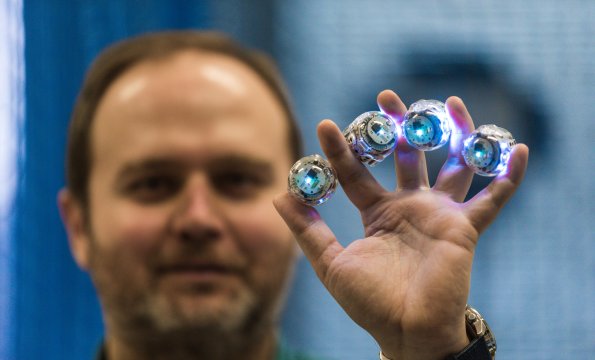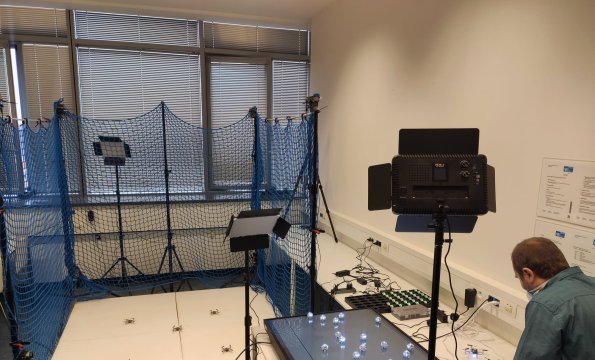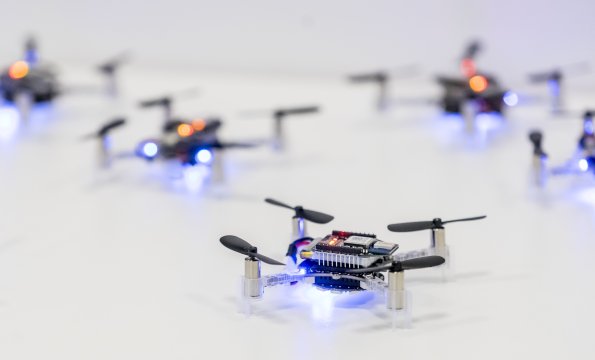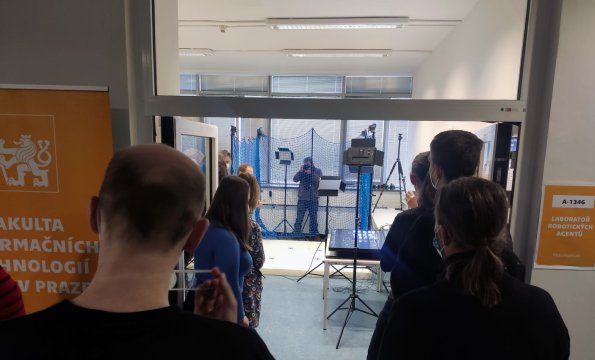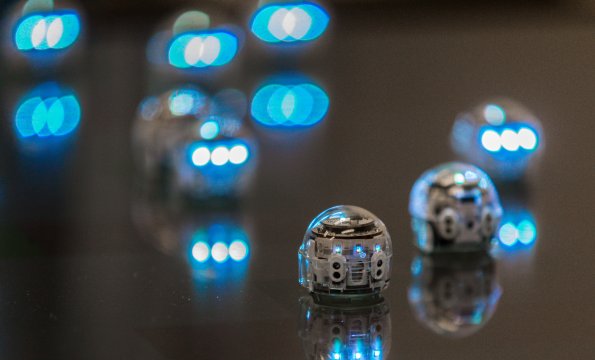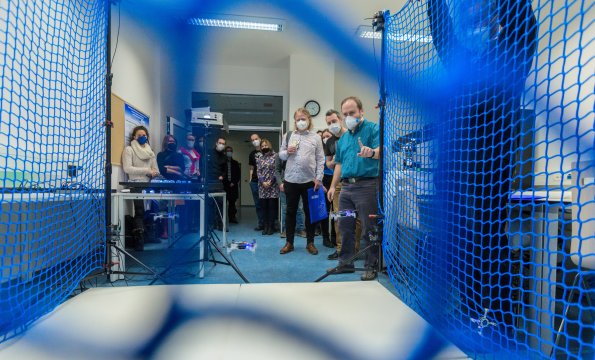The robotic agents that the lab is equipped with include ground-based mobile robots and miniature flying drones. The mobile robots are used to test non-collision movement plans and robot operations, modelling, for example, real robotic warehouses where robots perform various logistics operations. Their movement must be not only non-collision but also the least energy-intensive, i.e. usually the shortest possible path. Planning non-collision paths for all robots at once is a very challenging task, especially due to the difficulty of programming the algorithms in such a way that they do not place demands on the computing technology beyond its current capabilities.
“There can be hundreds to thousands of robotic agents, and they can be put into a mutual ‘dance’ or coordination based on a predefined movement plan for each individual robot, which essentially achieves collision-free movement in real time,” added the expert on artificial intelligence in robotics and head of the laboratory doc. RNDr. Pavel Surynek, Ph.D.
The lab works with scaled models of various realistic scenarios, such as the mentioned warehouses in which the robots are placed. The insights from the simulations carried out with ground-based mobile robots will be transferable to practical use and thus help to make real operations more efficient.
The lab also sees the future in controlling large groups of autonomous flying drones that could, for example, deliver shipments over time. For research in this area, the lab has miniature flying drones that can be safely operated indoors of the laboratory. The use of programming robotic agents can also have aesthetic and artistic meaning, where an interesting formation of multiple robotic agents is created, and a 3D “living” artefact is created. Other uses may be the research in 3D space or security and protection of objects.
The laboratory has other ambitions in research. One of the bold plans is to research the cooperation between many robotic arms for use in various commercial operations or to create a scaled-down version of a complex production line with cooperating robotic arms using the production of their own robots as part of student works.

